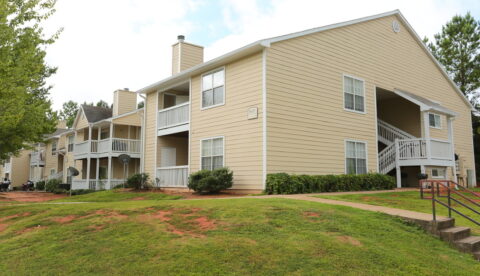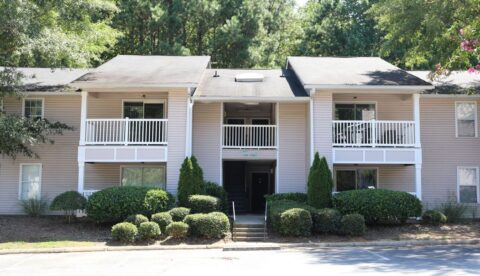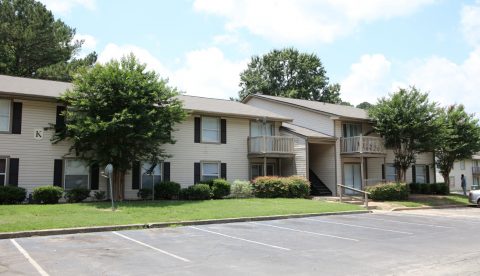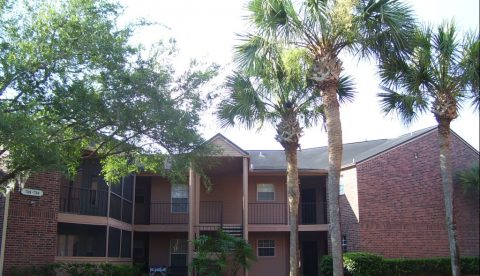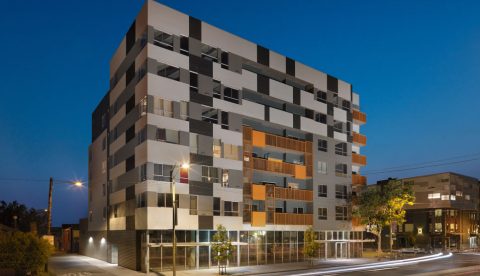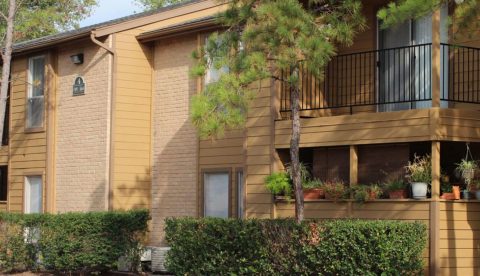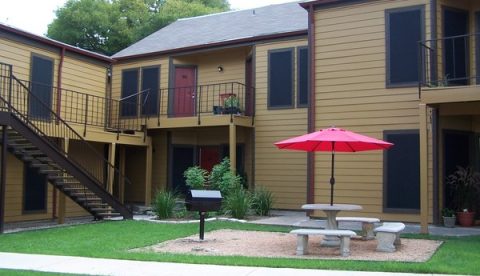How to Lower Vacancies in Multifamily Residential Property

Or if you’re a glass-half-full person, How to Increase Occupancy in Multifamily Residential Property.
You know how every folk axiom has an inverse?
For instance, “The pen is mightier than the sword”/”Actions speak louder than words”.
Or “Haste makes waste”/”He who hesitates is lost.”
There’s one proverb that doesn’t. A stitch in time saves nine.
In other words, taking care of the problem (of low occupancy) now will reduce headaches and generate benefits later. By treating every single vacancy as an opportunity, rather than a crisis, the result is a better and more desirable property that will ultimately have even fewer vacancies. Making for a cycle of virtue.
More Than Market Forces Are In Play
On the surface, the solution to underutilized occupancy would seem evident to anyone with even an adolescent’s understanding of economics: reduce prices, i.e. rents. (Or reduce quantity. But even the most diehard believer in supply and demand is probably not going to take a hydraulic excavator to his unoccupied units just to test the theory.)
However, making multifamily units less expensive to live in is the kind of solution that can work in the short term but be disastrous in the long term. Again, deferred gratification is better than its instant counterpart. Temporarily raising vacancies – by performing serious maintenance, either to select units or to the property as a whole – will more often than not lead to reduced vacancies in the future, with occupancy rates rising steadily as the months turn into years.
In that respect, a landlord or manager can consider some vacancies to be “strategic”, and other vacancies to be merely wasteful. Leaving a unit unoccupied for a fixed time in order to make improvements is not only shrewd business, but necessary. Leaving said unit unoccupied for no better reason than management failed to make enough of an effort to rent it is nothing more than throwing money away.
Not All Vacancies Are Created Equal

Which is not to disparage the necessity of economic vacancy, as distinguished from physical vacancy. It’s neither possible, nor even desirable, for 100% of units to be rented at 100% of the going market price.
For instance, a property can rent a unit to an employee at a discount. Make this offer to the best employee(s), and an operator has gone a long way toward solving the problem of having to fill employment vacancies down the road. A happy worker who’s getting a break on rent is a likely to be a committed and loyal worker.
Another instance in which it’s a good idea to not charge the market rent is by reducing a renter’s first month’s rent in order to secure that tenant for a long lease period. Or take the case of an unrented model unit, sufficiently decorated and polished, which ought to generate far more revenue in terms of attracting new tenants than the unit could have earned just by being rented.
There’s Only So Much You Can Do
Much of vacancy loss can be attributable to external factors. The most prudently managed multifamily building in Yuma, Arizona (where the local unemployment rate is 13%) is probably going to have a lot of vacancies. Meanwhile, you’d likely have to turn away renters from a comparable building in Sioux Falls, South Dakota (where the unemployment rate is under 2%, which is effectively zero, given that at least 2% of people in the workforce are always going to be in that brief transitional period between when one job ends and another starts).
Let’s assume the standard vacancy rate, an average compiled from wildly disparate markets throughout the country, stands at around 5%. Of course, that number might be too general to pertain to the situation of any particular multifamily property, but it does provide a basis of sorts. If your property is enduring a prolonged 6% vacancy rate, you’re either in a market where such occupancy is standard, or your management company is dropping the ball. Hopefully not both.
Not only do vacancy rates differ from community to community, and from state to state, they differ from class to class. At least in the last few years, vacancies among Class A properties (desirable locations, almost always professionally managed) had hovered around 4%. Meanwhile Class C property vacancies (we’ll spare you the definition, but let’s just say that there is no Class D) were more in the neighborhood of 7%. Lately, the two trends have converged. The likely reason for this is that the fortunes of Class C renters have improved. When Class A tenants go downscale, they move into Class B properties. But when Class C tenants go downscale, they move into their parents’ basements. Or their cars.
The same principles that apply in other businesses apply in multifamily residential housing. If you want to get more customers, and extract more money out of the existing ones, be honest. Serve said customers well. Offer guarantees and back up your claims. Most importantly, don’t assume that simply existing and having an ad in Apartment Guide are going to be enough to magically reduce vacancies. The existence of multiple multifamily properties means that competition exists, which in turn means that the properties with proactive hands-on managers are going to enjoy lower vacancy rates than the properties run by passive managers who are waiting for a break and wondering why revenues are down.
Like the bulk of life’s misfortunes (e.g. engine particulate buildup, pool algae, lung cancer), the smart thing is to prevent the problem from ever occurring in the first place. That can mean thoroughly repairing and improving a damaged unit for a few more weeks of non-occupancy now, rather than renting it out to a dissatisfied tenant who’ll leave the place as soon as possible. Which means a longer vacancy, and a cycle that will repeat itself until the underlying problem of undesirability is fixed rather than deferred.
Control the things you can, let go of the things you can’t. That’s advice which applies universally, but especially to multifamily residential property stakeholders looking to stop the scourge of high vacancy dead in its tracks.







